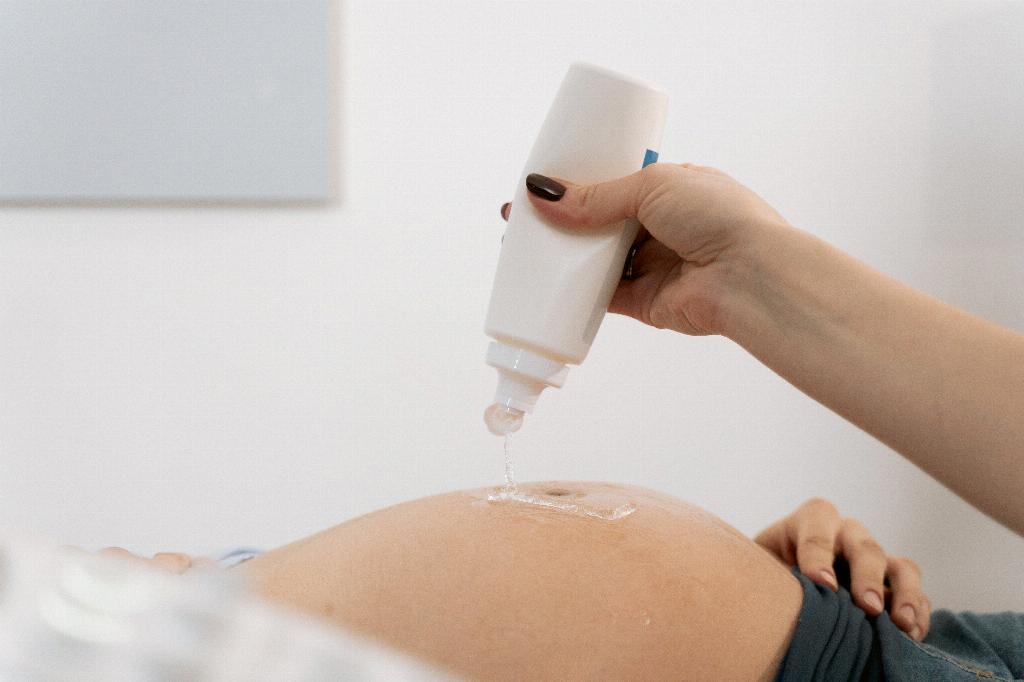When it comes to the topic of pregnancy after tubal ligation, many individuals might wonder about the likelihood of conception post-procedure. Tubal ligation, also known as “getting your tubes tied,” is considered a highly effective method of permanent birth control. However, despite its effectiveness, there is a small chance of pregnancy following the procedure.
Effectiveness of Tubal Ligation
Statistics show that the chances of pregnancy after tubal ligation are relatively low in comparison to other forms of birth control. In the first year after the procedure, the rate of pregnancy is estimated to be around 1 in 1,000. This number increases slightly to between 2 to 10 in 1,000 after five years post-surgery.
Factors Affecting Pregnancy Risk
Several factors can influence the risk of pregnancy after tubal ligation. One such factor is the method used during the procedure. While most tubal ligations are successful, there have been cases where the tubes have reconnected or a new passage has formed, leading to potential pregnancy.
Age and Pregnancy Probability
Age can also play a role in the likelihood of pregnancy after tubal ligation. Younger individuals may have a slightly higher risk due to the potential for their fallopian tubes to regenerate or for other reproductive mechanisms to come into play.
Symptoms and Diagnosis
It is essential for individuals who have undergone tubal ligation to be aware of the symptoms of pregnancy, such as missed periods, breast tenderness, and nausea. If pregnancy is suspected, a healthcare provider can perform tests like a pregnancy test or ultrasound to confirm the presence of a pregnancy.
Risks of Pregnancies After Tubal Ligation
While the chances of pregnancy after tubal ligation are relatively low, it is essential to note that pregnancies that occur post-procedure can carry certain risks. These risks include ectopic pregnancies, where the fertilized egg implants outside the uterus, which can be a life-threatening condition if not detected and treated early.
Options for Managing Pregnancy
If a pregnancy is confirmed following tubal ligation, individuals have several options available to them. They can choose to continue with the pregnancy, opt for termination, or explore the possibility of tubal ligation reversal or in vitro fertilization (IVF) as alternative methods.
Counseling and Support
Given the emotional and physical implications of unexpected pregnancies after tubal ligation, it is crucial for individuals to seek counseling and support. Talking to a healthcare provider, therapist, or support group can help individuals navigate their options and make informed decisions.
Preventive Measures
To minimize the risk of pregnancy after tubal ligation, individuals can consider using additional forms of contraception or opting for regular check-ups to monitor the status of their reproductive health. Being proactive about reproductive health can help prevent unwanted pregnancies.
Final Thoughts
In conclusion, while pregnancy after tubal ligation is rare, it is not impossible. Understanding the factors that can influence the risk of pregnancy, staying vigilant about symptoms, and seeking medical attention if pregnancy is suspected are essential steps in managing the situation effectively. By being informed and proactive, individuals can make informed choices about their reproductive health.

